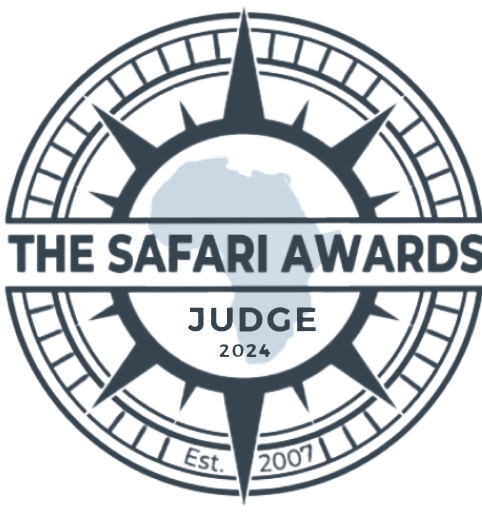Walking the Cederberg Heritage Route
Clanwilliam
Introducing the Cederberg Heritage Route
The Cederberg Mountains are perfect for mountain walking. The largely dry and sunny climate of the Cedarberg make it ideal for hikers all year round. BUT don’t plan a serious hiking tour for January or February – it’s too hot!
The ideal time for walking is from mid-March to mid-November. For walking in the Cederberg, you have three options.
Firstly, you can simply do one of the many walks available. The local info office sells suitable maps, but you may want to check out articles on suggested walks below. We recommend the Heuningvlei jeep track near Clanwilliam. Or, one of the classic walks to the Maltese Cross or the Wolfberg Cracks. You can stay at a local lodge as a base and take day walks from there.
The second and third options are to book either our private escorted Cedarberg Hiking Tour (3 nights) or one of our Cederberg Heritage Route trails.
The unique Cederberg Heritage Route is a collection of slackpacking walking trails. These range from 2 nights up to the magnificent ‘signature’ 8-night Cederberg 100 walk. You only have to carry your day pack as all food and accommodation is provided and you have a local escort to show you the way. This is a great and economical way to enjoy the pristine mountain walking trails whilst also contributing to sustainable community development. You stay overnight in comfortable community guesthouses in Heuningvlei, Brugkraal and Wupperthal and enjoy good country cooking and hospitality. Choose between the Klein Krakadouw Trail (2 or 3 nights), the Groot Krakdouw Trail (3 or 4 nights) or the scenic (but tough) Pakhuis trail (3 nights).
Walks in the Cederberg
For more ideas on walking in the Cederberg, check out our two blog posts. These give several superb day walks ranging from 1-2 hours to full day hikes:
Please note that we don’t book this tour on a standalone basis, but only as part of a tailor-made holiday.
However, if you are interested in booking just a Cederberg Heritage Route hiking trip, click on the following link: http://www.cedheroute.co.za/










